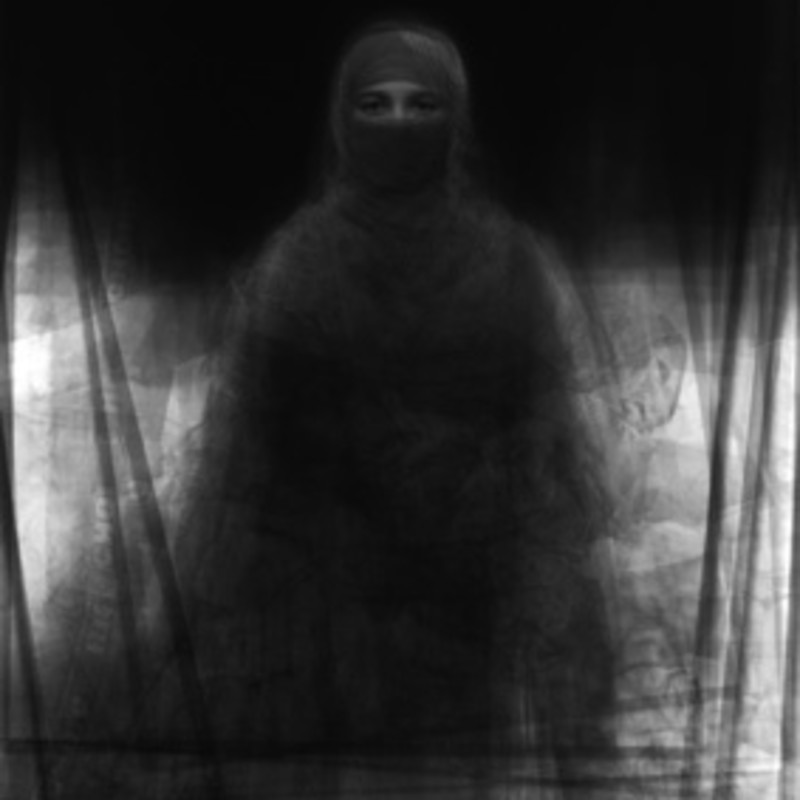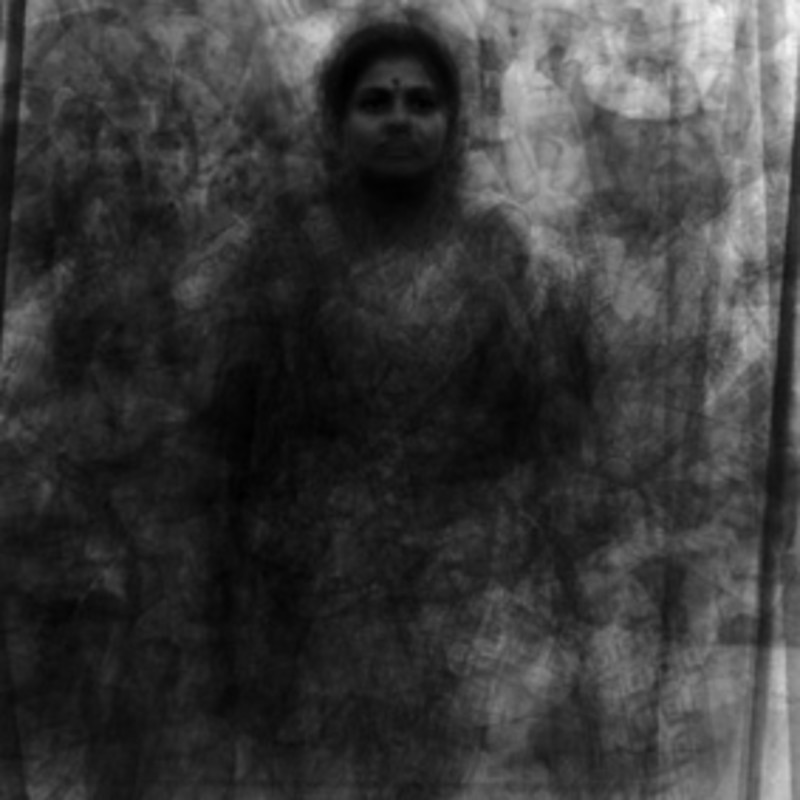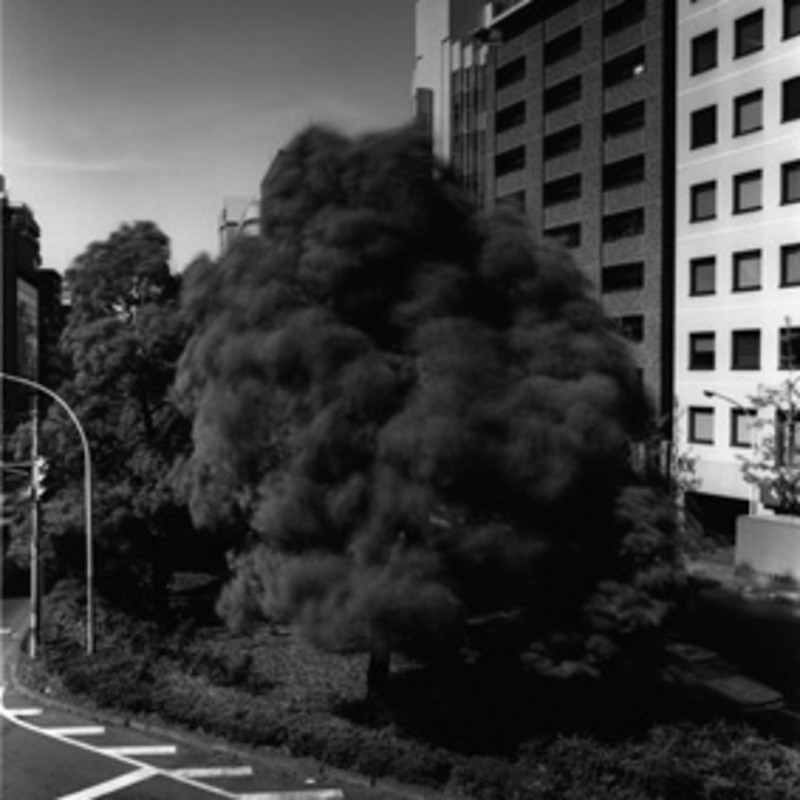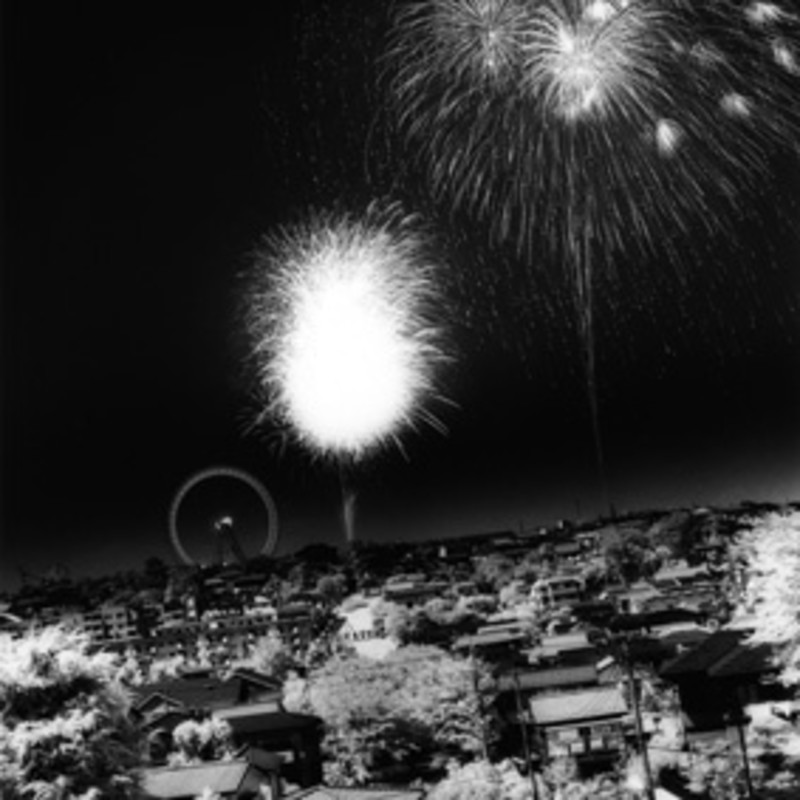Ken Kitano was born in Tokyo, Japan in 1968. He was an artist in residence at Three Shadows Photography Art Centre in 2010.
In 1991, Kitano graduated from the College of Science and Technology at Nihon University in Tokyo, Japan.
In 1993, he became an independent photographer. In 1989 he began taking photographs, and in 1993, he held his first solo exhibition. Since then, his works have entered collections both inside and outside of Japan.
At first glance, the works of Japanese photographer Ken Kitano appeared to be images of single individuals, but were in fact composites of a group of images layered into a "meta-portrait." No digital technology was employed in creating his images, but rather a mastery of traditional darkroom techniques. Almost anthropological in nature, Kitano's photographs distilled our understanding of various groups and members of society into striking visual representation.
July 10, 1pm, 2010
Symposium Topic: The Manifestation of the "Self and Other" in Portrait Photography
"I have accumulated photographs for many years and created a cache of images of all kinds of groups of people. Through the overlapping exposure of a large number of these negatives, I create special portrait images. Looking closely at the history of Japanese photography, we can see that, in addition to myself, Ken Ohara, Bishin Jumonji, and Keizo Kitajima have also devoted themselves to taking portraits and continuing to gaze intently at the existences of others. Lead by the vanguard of Yasumasa Morimura, a tradition of photographers who take self-portrait images has also been lovingly passed down to us.
In China, RongRong and inri collaborate as photographers, using us as a creative subject. There are very rich and deep possibilities for two people and family time and stories. I was very moved, far beyond my expectations, because this kind of photographer is not often seen in Japan. However, in the short time I have been in China, I have discovered that artists that see the world from the perspective of us are more numerous here than in Japan. I am under the impression that they are not restrained to photographic expression.
Japanese portraits dealing with self and other show that, in this globalized present, the universal question of "Who am I?" has become even more profound. Similarly, the conversion of the value of quality into the value of quantity began to appear very early in art history. I think that this is closely related to exhibitions that feature a big theme, oversized artworks and are produced on a large-scale. Chinese art is representative of this trend.
I think that an exchange of opinions between Japanese and Chinese experts about portrait images, centering on the topic of self and other, will truly be meaningful."
—Ken Kitano
Participating Experts:
Yu Hidaka (Guest Lecturer of Visual Culture at Gunma Prefectural Women's University, Japan), Yuri Mituda (Curator at the Shoto Museum of Art, Shibuya, Tokyo, Japan), Huang Rui (Artist, China), Tsai Meng (Photography Critic, China), Wu Jian'an (Artist, China), RongRong (Photographer, China), Ken Kitano (Photographer, Japan)
Sporsor:
Polar Art Foundation, The Japan Foundation








